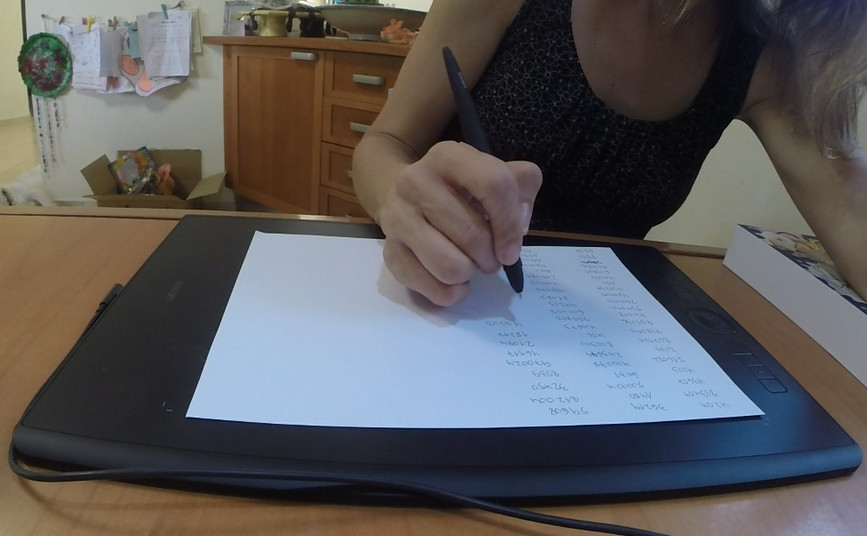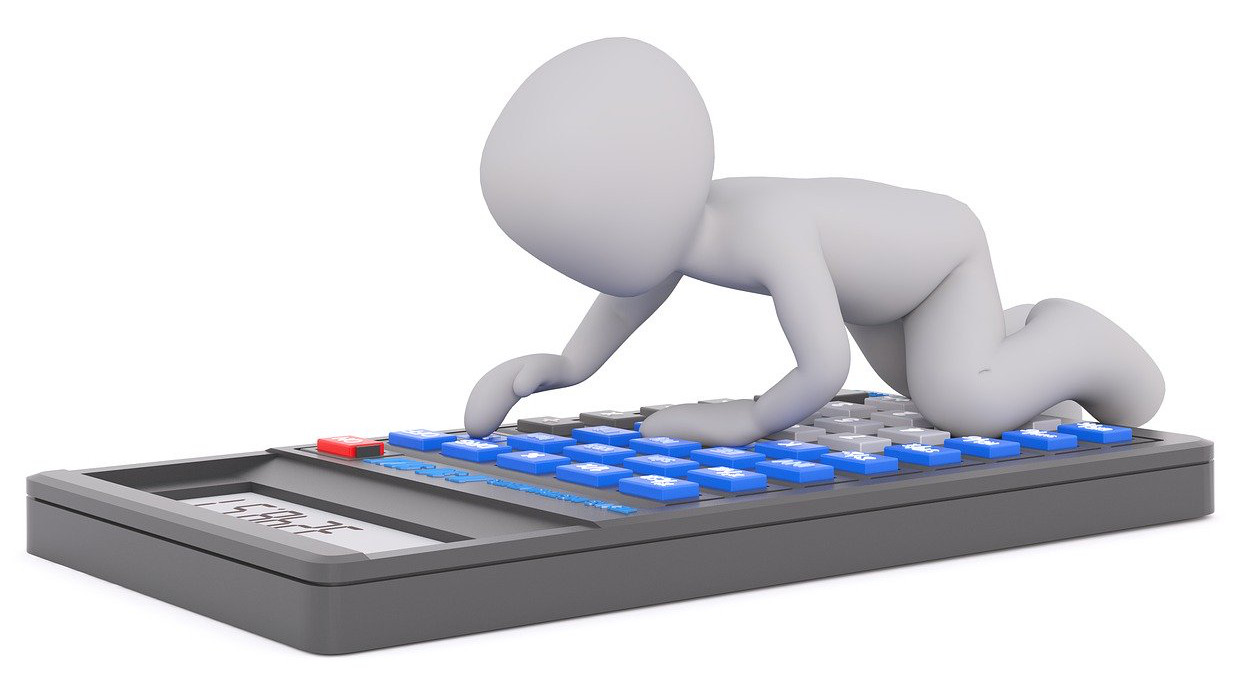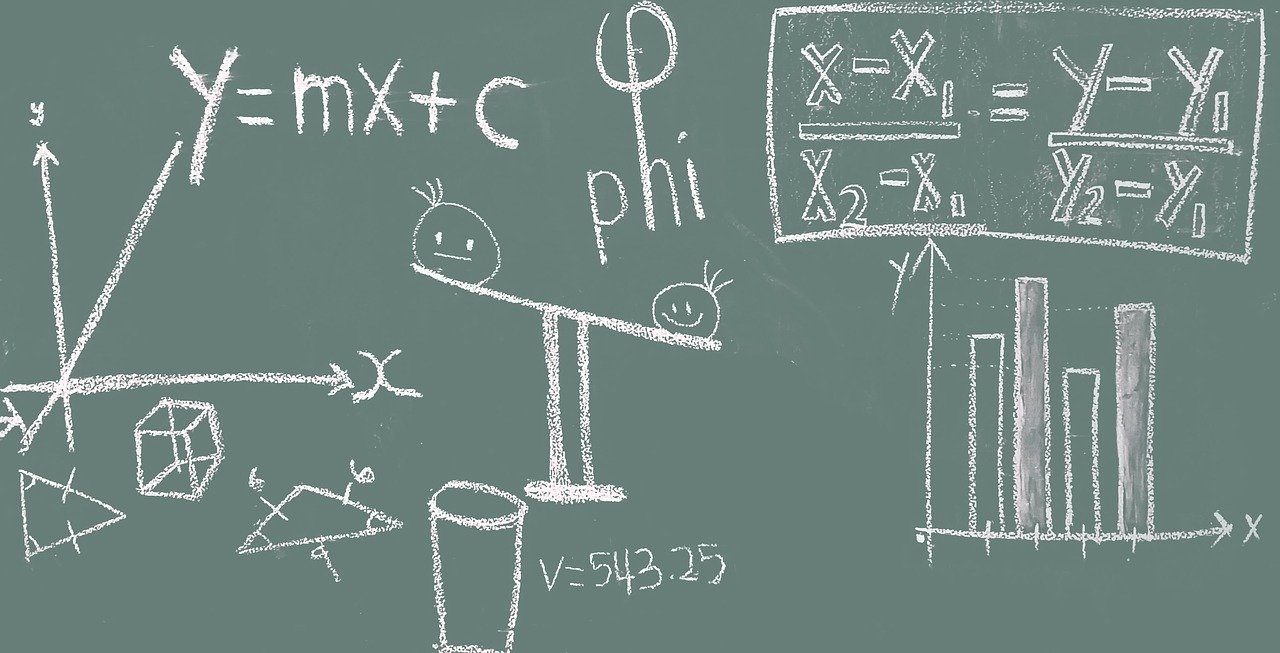Read here about the specific research projects of the lab members (the already-completed MA dissertations).
The number system – the fundamentals of symbolic math
Which cognitive mechanisms are involved in reading, understanding, and writing numbers?

Reading and writing numbers may sound simple, but it is not: quite a few people find this task task hard. In one of our studies, we recruited participants who reported to have no difficulties in reading and writing numbers, but about 7% of them actually had severe difficulties in this so-called “simple” task, making 15% errors and more.
Why is number reading and number writing so hard? The main reason seems to be that there’s more to it than simply “translating” each digit to a number word or vice versa, because “translating” digits to words or vice versa requires applying several syntactic rules (very much like language has its syntax). For example, we must consider not only the digits but also their positions: the digit “2” in different positions may translate into “two”, “twenty”, “twelve”, “two hundred”, etc. Another example is that some digits are special: the digit 0 in multi-digit numbers is not expressed verbally, and in many languages also the digit “1” in the decades position is not pronounced, but rather yields a teen word. Some languages have additional irregular structures. For example, in Arabic and German, the order of digits does not correspond with the order of words: you write numbers like in English, but you say the Ones word before the Tens word (532 = five hundred two and thirty).
The human cognitive system has several dedicated processes that handle these syntactic complexities (you can watch this video about number reading, and this one about number writing, both in Hebrew). We already understand some of these processes and the specific difficulties that arise when these processes are impaired by a cognitive disorder (you can see this article about number reading, and Zohar’s MA dissertation about number writing), but many details are still unknown. For example, we are still not sure how precisely the cognitive system represents the syntactic structure of multi-digit numbers. We also don’t yet fully understand the role of working memory when reading and writing numbers.
We also don’t know how the number reading and writing processes develop in children (but we know it’s hard, and we know that undetstanding the decimal system is not enough – see Ella’s MA). Many children struggle with numbers, and for some of them the reason is simply that they have trouble with the basic cognitive operations such as reading and writing numbers. Can we detect the precise cognitive difficulties of each child? Can we help them? Can we identify the genetic correlates of these cognitive disorders, so we can identify children at risk even before the difficulties start?
 Several studies in our lab attempt to answer these questions using a variety of methods. We have several neuropsychological studies that examine in detail the performance patterns of children and adults with specific cognitive disorders. We also examine the performance of people without disorders, often with methods that provide rich data. For example, we record the participants’ handwriting as they write numbers on digitizing tablet, and we analyze the pen movements, looking for abnormal patterns.
Several studies in our lab attempt to answer these questions using a variety of methods. We have several neuropsychological studies that examine in detail the performance patterns of children and adults with specific cognitive disorders. We also examine the performance of people without disorders, often with methods that provide rich data. For example, we record the participants’ handwriting as they write numbers on digitizing tablet, and we analyze the pen movements, looking for abnormal patterns.
Memorizing arithmetic facts
How do we remember arithmetic facts such as the multiplication table? Why is it hard to learn it? Can it be easier?
 Most educated adults can solve single-digit multiplications immediately and with little effort. Most researchers assume that we memorize single-digit multiplication facts by rote, and that we solve them via direct retrieval from verbal memory. In our lab, we investigate how precisely these learning and retrieval mechanisms operate.
Most educated adults can solve single-digit multiplications immediately and with little effort. Most researchers assume that we memorize single-digit multiplication facts by rote, and that we solve them via direct retrieval from verbal memory. In our lab, we investigate how precisely these learning and retrieval mechanisms operate.
For example, in this study we showed that the ability to learn arithmetic facts by rote depends on their similarity to each other: if two facts are similar, it’s harder to learn them in a single lesson, but learning becomes easier if we teach only dissimilar facts in each given lesson. This line of research continues in the lab; we are looking more deeply into this similarity effect, as well as into other manipulations that can make it easier to memorize arithmetic facts.
Another interesting question is how precisely arithmetic facts are stored in memory.The common belief is that the best way to store the multiplication table (and presumably also similar facts) is via verbal memory; but some of our newest experiments indicate that this is not the full picture. And even within verbal memory: humans memorize verbal information in several different formats – semantic, lexical, phonological; which of these is used to memorize arithmetic facts?
We also try to characterize the specific cognitive disorders that may disrupt the knowledge of arithmetic facts. Maayan’s MA showed that there is no single cognitive explanation to the difficulties of all people, but rather there are multiple origins for “arithmetic-fact dyscalculia”. It still remains to characterize these dyscalculia subtypes, to understand how the corresponding multitude of cognitive mechanisms conjoin into arithmetic fluency, and to figure out whether we can use cognitive training to help children with such disorders.
Being proficient with mathematical procedures (algorithms)
How do you run multi-step calculations in your mind, and why is this so hard?
 Arithmetic requires much more than just remembering the multiplication table. Even relatively simple arithmetic exercises, for example adding two multi-digit numbers, require us to execute mentally a series of steps – an arithmetic algorithm – to get the correct result. This mental execution of arithmetic algorithms is not trivial. The person must know the relevant mathematical algorithm, and they must retrieve the correct algorithm for a given problem. They must also be able to follow the algorithm step by step, embed each operand in the appropriate place in the algorithm, remember interim results in working memory, and so on.
Arithmetic requires much more than just remembering the multiplication table. Even relatively simple arithmetic exercises, for example adding two multi-digit numbers, require us to execute mentally a series of steps – an arithmetic algorithm – to get the correct result. This mental execution of arithmetic algorithms is not trivial. The person must know the relevant mathematical algorithm, and they must retrieve the correct algorithm for a given problem. They must also be able to follow the algorithm step by step, embed each operand in the appropriate place in the algorithm, remember interim results in working memory, and so on.
We examine various questions with respect to these mathematical mental algorithms. For example, which specific cognitive processes are involved in executing an arithmetic algorithm in one’s mind, and what is the precise role of each of these processes? We already start having some answers to this, e.g., Shibolet’s MA showed some aspects of how working memory is involved in calculation. How do children acquire these abilities? Can we make the learning of arithmetic algorithms easier and more efficient? Can we identify and treat specific cognitive disorders that disrupt the execution of arithmetic algorithms? (yes we can; see Shira’s MA) How are mathematical mental algorithms related to other kinds of ‘mental algorithms’ that we sometimes use?
Computational and algorithmic thinking
Which cognitive abilities make better programmers?
 In the recent decades, educators and education researchers are increasingly talking not only about math but also about computational thinking. One of the clearest manifestations of computational thinking is the ability to write computer programs. This skill is becoming increasingly important in our society, yet learning programming is hard. What makes it hard? Why is it harder for some people than for others? Can we make it easier?
In the recent decades, educators and education researchers are increasingly talking not only about math but also about computational thinking. One of the clearest manifestations of computational thinking is the ability to write computer programs. This skill is becoming increasingly important in our society, yet learning programming is hard. What makes it hard? Why is it harder for some people than for others? Can we make it easier?
Being a programmer is a profession that involves many skills and abilities. In our lab, we focus on several specific cognitive abilities involved in programming. We try to understand the precise role of particular cognitive processes in programming, and we ask whether it is possible to assess these cognitive abilities and to improve them.
